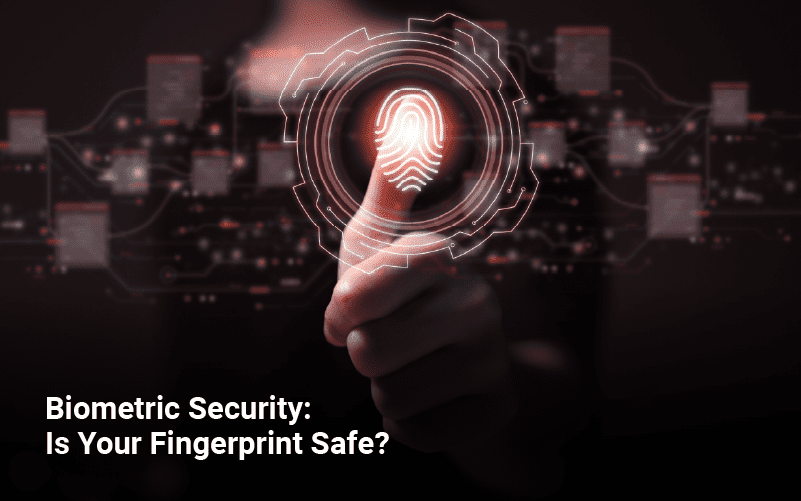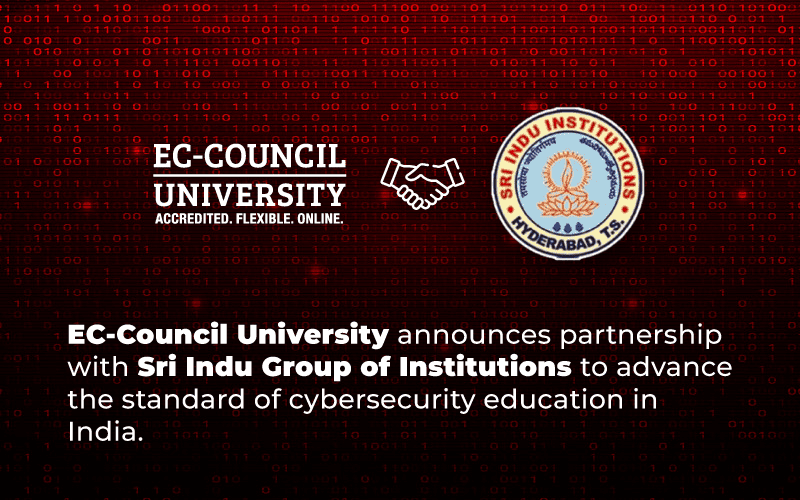The landscape of cyber threats is constantly evolving, making it important to stay informed and proactive in protecting against cybercrime. This is due to the increasing reliance on technology and the growing number of connected devices, which create new opportunities for cybercriminals. Some of the most common types of cyber threats include phishing, ransomware, and malware attacks. These attacks can result in significant financial losses, data breaches, and reputational damage.
Statistics show the importance of staying informed and proactive in protecting against cybercrime. The importance of staying informed and proactive in protecting against cybercrime, as the threat landscape continues to evolve and become more sophisticated. A comprehensive security strategy, including regular software updates, employee training, and a robust backup plan, is essential to minimize the risk of a successful cyberattack.
In this blog post, we will explore the latest trends and emerging threats, best practices for cybercrime prevention, and steps organizations can take to navigate this landscape.
Emerging Cyber Threats: Organizations must stay informed of the latest trends and emerging threats in order to effectively protect against cybercrime. Some of the current emerging threats include cloud security, IoT security, and social engineering attacks.
- In cloud environments, organizations must take steps to secure their data and systems from cyber-attacks. This includes encryption, continuous monitoring, and following best practices for securing cloud environments.
- Organizations must take steps to secure their IoT devices, including device management and network segmentation. They must also be aware of the potential security risks posed by IoT devices and take steps to mitigate these risks.
- Social engineering attacks are another emerging threat, as attackers use psychological techniques to trick individuals into revealing sensitive information or allowing access to systems. Organizations must educate their employees on how to recognize and prevent social engineering attacks and invest in security awareness training programs to ensure their employees are informed and proactive in protecting against these attacks.
Cybercrime Prevention: There are several best practices organizations can adopt to prevent cyberattacks, including:
- Phishing prevention: Phishing attacks are a common form of cybercrime that target individuals and organizations. Organizations can prevent phishing attacks by implementing anti-phishing technologies, such as email security, and educating their employees on how to recognize and prevent phishing attacks.
- Security awareness training: Employees are the first line of defense against cyberattacks. Organizations must invest in security awareness training programs to educate their employees on how to recognize and prevent cybercrime. This includes ongoing training and employee engagement.
- Encryption and continuous monitoring: Encryption and continuous monitoring are key components of a comprehensive cybersecurity strategy. Organizations should encrypt their sensitive data and continuously monitor their systems to detect and respond to potential security incidents.
Cyberattack Response: In the event of a cyber-attack, it is crucial for organizations to have a response plan in place. This includes steps to take in the event of a data breach, incident response, and data recovery. Signifying that organizations must also invest in incident response technologies to help detect and respond to cyber-attacks more quickly and effectively.
- Cloud Security: Cloud computing has become an increasingly important technology for organizations, but it also poses new security risks. Organizations must take steps to secure their cloud environments, including encryption, continuous monitoring, and following best practices for securing cloud environments.
- Phishing Prevention: Phishing attacks are a common form of cybercrime that target individuals and organizations. Organizations can prevent phishing attacks by implementing anti-phishing technologies, such as email security, and educating their employees on how to recognize and prevent phishing attacks.
- IoT Security: The Internet of Things (IoT) continues to grow, but it also poses new security risks. Organizations must take steps to secure their IoT devices, including device management and network segmentation. They must also be aware of the potential security risks posed by IoT devices and take steps to mitigate these risks.
- Data Breach Response: Data breaches can have devastating consequences for organizations, including financial losses, legal liabilities, and reputational damage. Organizations must have a response plan in place for dealing with data breaches, including incident response, data recovery, and notifying affected individuals. Organizations should also invest in technologies that can help detect and respond to data breaches more quickly and effectively.
- Social Engineering Attacks: Social engineering attacks are a form of cybercrime that use psychological techniques to trick individuals into revealing sensitive information or allowing access to systems. Organizations must educate their employees on how to recognize and prevent social engineering attacks and invest in security awareness training programs to ensure their employees are informed and proactive in protecting against these attacks.
- Security Awareness Training: Security awareness training is a crucial component of a comprehensive cybersecurity strategy. Organizations must educate their employees on how to recognize and prevent cybercrime, including social engineering attacks, phishing attacks, and other forms of cybercrime. Organizations should also invest in ongoing training and employee engagement programs to ensure their employees remain informed and proactive in protecting against cybercrime.
- Incident Response Plan: Having a plan in place for responding to cyberattacks is essential. This plan should outline the steps to be taken in the event of a security incident, including whom to contact and what actions to take. Organizations should regularly review and update their incident response plan to ensure it is up-to-date and relevant.
- Continuous Monitoring: Continuous monitoring is an essential aspect of cybersecurity. It involves continuously monitoring the organization’s network and systems for any potential security threats. Organizations should have proper monitoring systems in place to detect any security incidents and respond quickly to minimize the impact.
In conclusion, navigating the complex world of cybersecurity can be challenging, but with the right strategies and tools, organizations can effectively protect themselves against cybercrime. By staying informed and proactive, organizations can ensure their sensitive information and systems are secure and minimize the impact of any potential security incidents.








